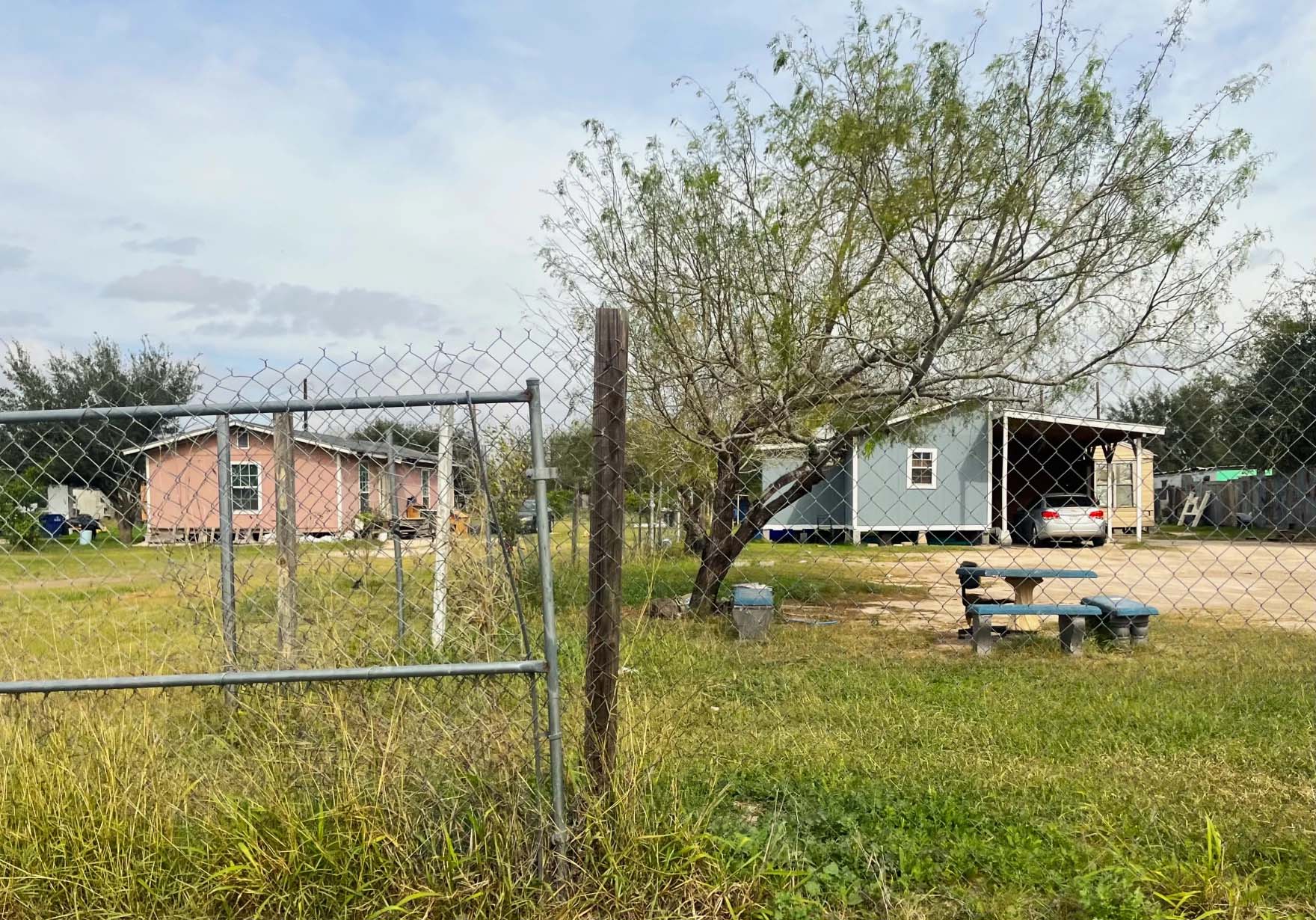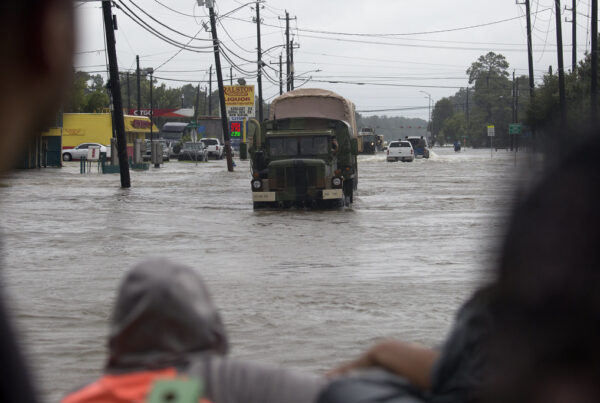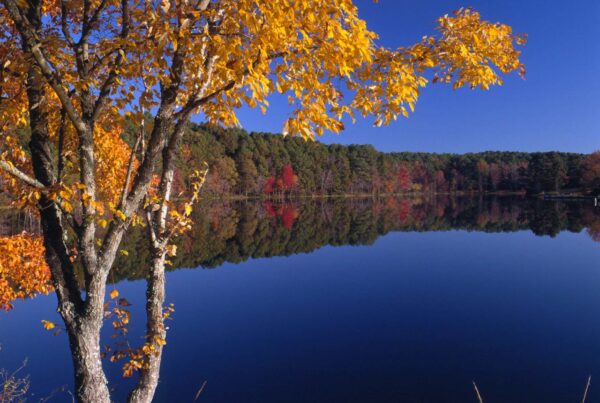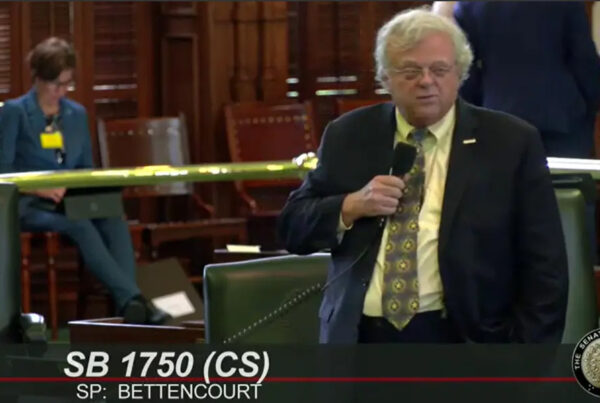In the 1960s, small, unincorporated communities along the Texas-Mexico border began to pop up with little to no infrastructure.
These colonias, as they’re known, have housed families ever since. And though there have been numerous calls for more investment, many of them continue to lack basics, like clean water.
A new project in El Paso County is trying to address this problem for one local colonia using the power of the sun. The Texas Standard spoke with Martha Pskowski, reporter for Inside Climate News, about her recent coverage of this project.
This transcript has been edited lightly for clarity:
Texas Standard: First, tell us a little bit about this colonia that the project is focused on. Where exactly is it, and what’s it called?
Martha Pskowski: So it’s to the east of El Paso. People call it Hueco Tanks. The legal name is Hueco Mountain Estates. So if you have ever been to Hueco Mountain State Park, it’s on the same road, about 15 miles outside of the incorporated city of El Paso.
That’s pretty remote. Let’s talk about this solution for drinking water, using what are called hydro-panels to pull water from the air. I think unless you’ve lived in rural Texas where you’ve seen something like this, this could sound very much like something out of a sci fi-film. Can you tell us about how this actually works?
So they don’t look quite like a solar panel, but they’re capturing water from the atmosphere. And then inside the panel it condensates and turns into a water vapor. Then they mineralize it, and you open up the tap and you get clean drinking water.
Do you have any sense of how long it takes to extract a gallon from the air?
So the woman I visited with, she has two panels and she gets around a gallon a day. It creates water faster when it’s really sunny out, which fortunately it is most of the time here. And they can build these systems out to different sizes depending on the need of an individual family.
So I suppose this might solve the issue of drinking water for some, but I would imagine residents would still have to haul in water for other uses. Am I right? I mean, is there a way to scale this up, perhaps?
The company, Source Global, does have some big systems they have installed. At this family level, people are still hauling water and using that for dishes, for washing. But, you know, drinking water is really the biggest health concern. So if it can cover that need, that does resolve some of the issues that hauled water can cause.
These larger systems, I would imagine they’re pretty expensive, no?
Yeah, I don’t know the numbers, but in this case, for the families in Hueco Tanks, they didn’t have to pay for the panels. There’s funding that’s coming in for that.
Is there a project that’s government-run, or is this an independent project?
Source Global partnered with Project Bravo, which is the Community Action Agency in El Paso. They paid for these initial panels sort of as a pilot, and now they’re applying for funding from different agencies to be able to expand it.
Do you have a sense of how much money was spent for this initial pilot?
My understanding is it’s a couple of thousand per site where they have the panels, and then there would be an ongoing maintenance cost that would come out to around $100 a year.
And we saw some bills in this most recent legislative session, the regular session, that specifically attempted to address infrastructure for colonias and other parts of rural Texas. Where did those end up, to your knowledge?
Well, there was more money authorized for the Economically Distressed Areas Program – that covers colonias. But for a place like Hueco Tanks, the estimates are something like $40 million to get piped water out there. So, you know, what was done this session in the Legislature kind of adds to the bucket but isn’t going to cover the need in some of these more remote places.
So from what I understand, you’re saying this is interesting technology that may serve at a limited level, but eventually to supply a real water supply for colonias, you’re going to need to find a way to pipe out the water.
Yeah, everyone I spoke with, you know, they still think the end goal has to be getting municipal water there. But those projects take a long time, and they think that these hydro-panels can be helpful in the meantime.















